6 Expert Squat Exercises for Building Stronger Legs Fast
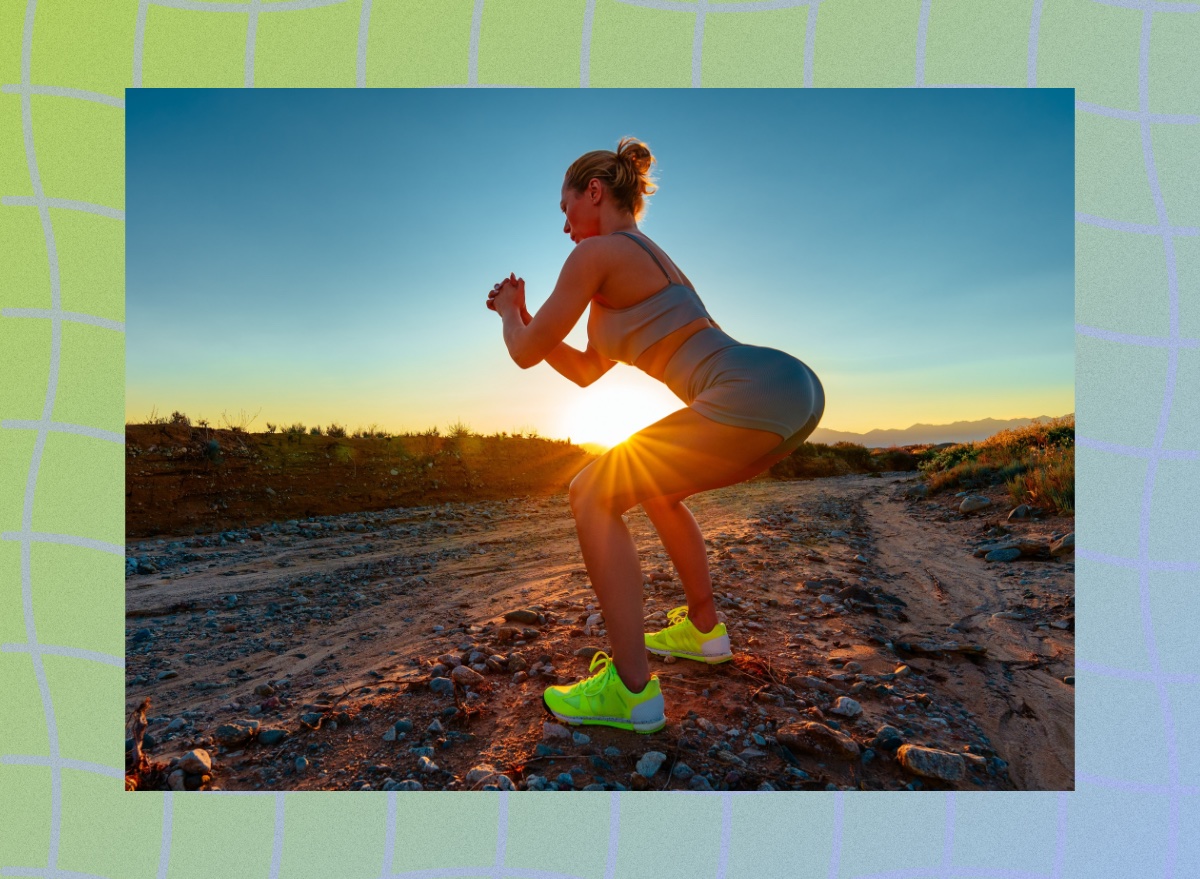
Ever looked at a sofa and dreaded having to sit down and stand back up? You're not alone. Our daily activities often require squatting motions, which is why strengthening this fundamental movement pattern is essential for overall fitness and functionality.
Tami Smith, a Certified Personal Trainer, Macro Coach, and Nutritionist, knows a thing or two about effective squatting. As a fitness expert and the founder of Fit Healthy Macros, Tami shares her expertise on macros, fitness, and nutrition with her 50,000 followers on Instagram. Today, she speaks exclusively to Mind + Body. Read on to discover her insights on incorporating squats into your routine for maximum benefits.
The Benefits of Squats
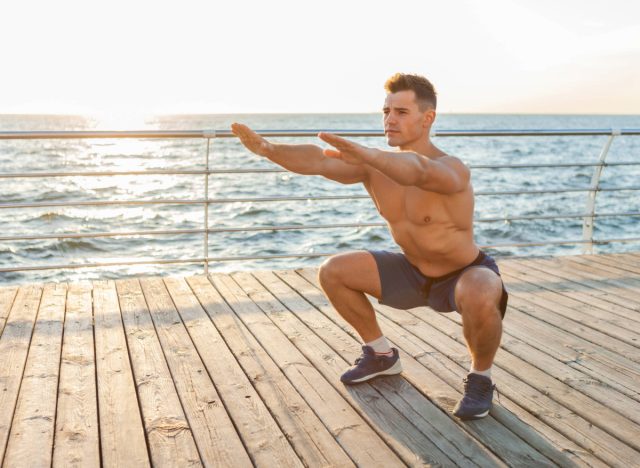
"Squatting is a very innate human movement pattern," explains Tami. "There are many situations that come up naturally during our day that require us to squat down and stand back up again."
According to Tami, incorporating squats into your fitness routine serves a dual purpose: strengthening your entire body while improving your squatting efficiency. "Squats are a compound exercise which means they utilize multiple muscles/muscle groups at once making it one of the most effective strength movements you can do to develop an overall strong and functional body," she adds.
How Many Squats Should You Do?
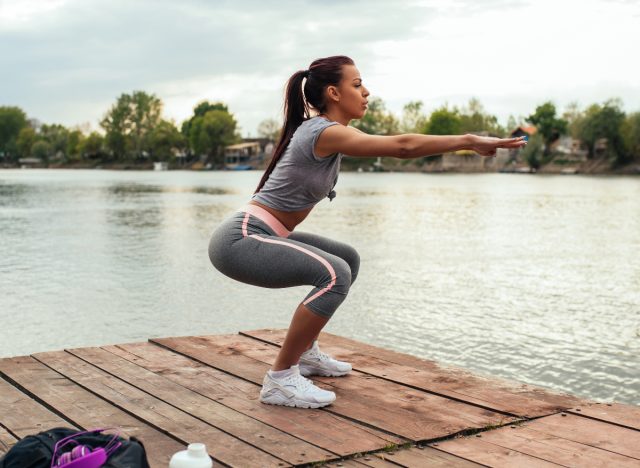
If you're looking to build stronger legs, Tami recommends following a structured approach rather than simply doing squats every day. "I would recommend someone follow a structured strength training routine that prioritizes progressive overload and that incorporates squats 1-2x per week," she advises.
For beginners, Tami suggests starting simple: "Beginners can begin with bodyweight squats or with very light weights with the goal of increasing their resistance and reps over time." She emphasizes the importance of strategy in your routine: "I don't recommend just squatting every day to build stronger legs, your routine should be strategic, include multiple exercises, and should include recovery between squatting days."
Perfect Squat Form
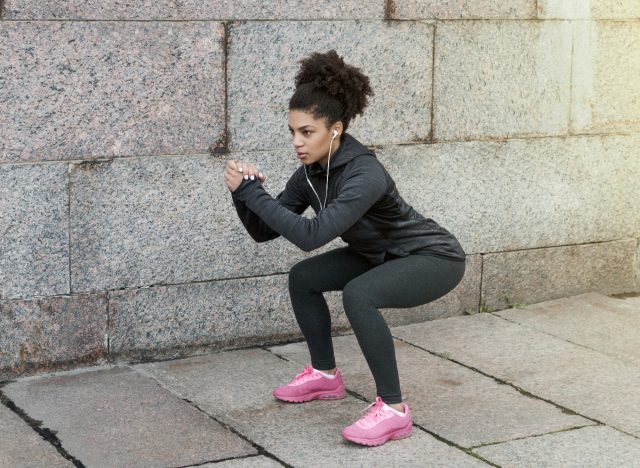
Proper form is crucial for effective and safe squatting. Tami provides these step-by-step instructions: "Stand with feet shoulder-width apart, hold weight at shoulders, squat down like you're going to sit back in a chair, keep knees aligned with your toes, sit back until legs are parallel to the floor, push back up through your heels to the starting position."
For optimal results, Tami recommends incorporating squats "1-3x per week, inside a 30-45 minute lower body workout." Beginners should focus on mastering the basics first: "Perform bodyweight only squats until form is correct," she suggests.
Tami also warns about common mistakes to avoid: "Don't try to pick up too heavy of weights – this can cause injury. Don't just squat, we need to be working multiple movement patterns for a well-rounded body."
Squats vs. Other Leg Exercises
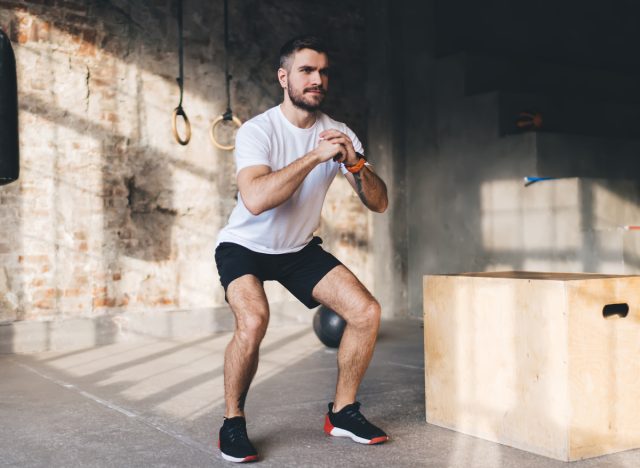
When comparing squats to other leg exercises, Tami is clear about their value: "Squats are one of the best lower body exercises for building strength and muscle, they engage the entire lower body at once."
Squat Variations for Targeting Specific Muscles
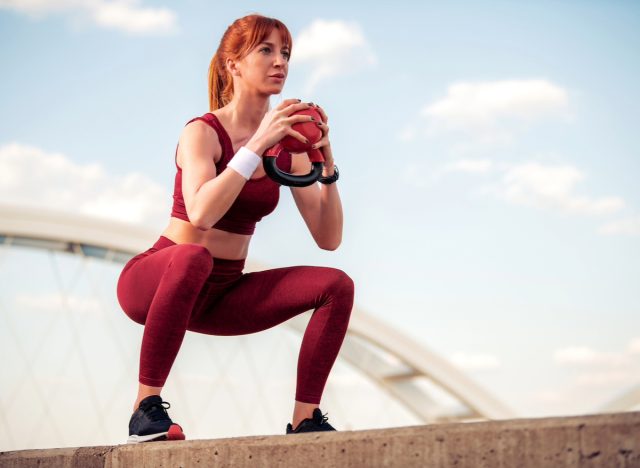
Tami recommends several squat variations to target different muscle groups:
"Heels elevated squats for quad engagement Goblet squat for quads Sumo squat for inner and outer thighs Bulgarian split squats for glutes and hamstrings Box squats for glutes and hamstrings Cossack squats for inner and outer thighs"
Complementary Exercises for Complete Lower Body Development
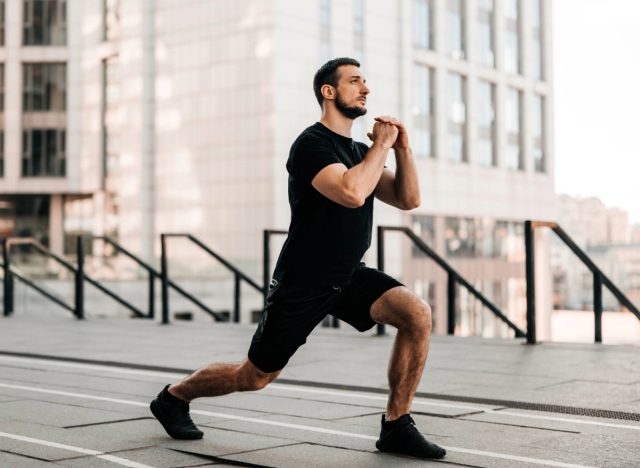
For a well-rounded lower body workout, Tami suggests pairing squats with other exercises: "Lunges, hip hinges (RDLs, deadlifts), hip thrusts, step ups." These complementary movements ensure balanced development across all lower body muscle groups.









